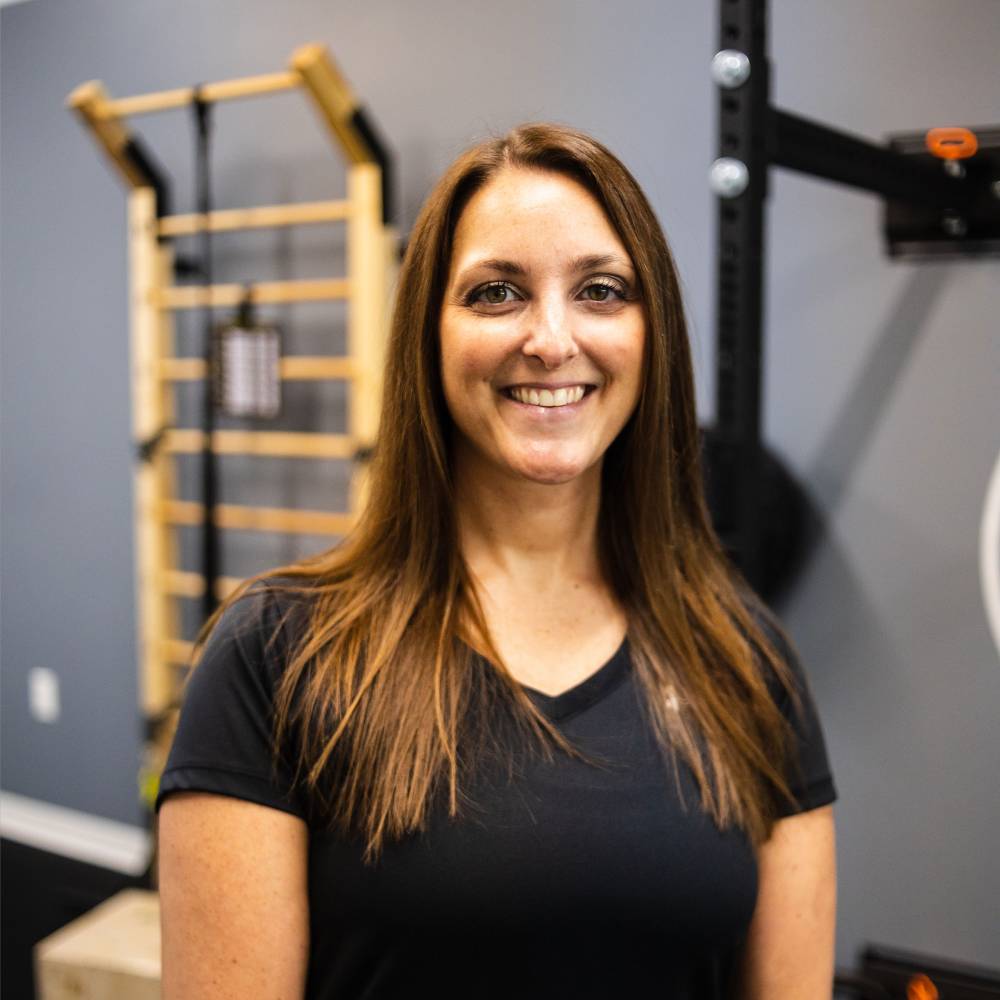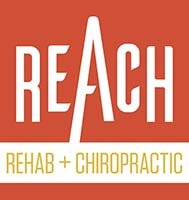From Relaxation to Injury Recovery
MASSAGE THERAPY
Massage Therapy has been used for thousands of years to relieve and heal uncomfortable conditions. Recent research has shown that massages don’t just feel good; they initiate and cause healing at a deep cellular level.
Massage therapy is believed to work because of the complex way your brain processes and responds to the sensation of touch. Different massage techniques gain your brain’s attention differently, eliciting different healing responses.
All massage sessions are completely customizable, from more or less pressure to various therapies, instrument-assisted techniques, and assisted stretching. Your body’s need to initiate healing will be unique; your session should reflect that.
Techniques practiced in this office are:
- Swedish (relaxing)
- Deep Tissue
- Myofascial Release
- Sports Massage
- Trigger Point Therapy
- Pre + Postnatal
- Myofascial Cupping
- FAKTR (scraping)

WHAT EXACTLY IS MASSAGE THERAPY?
Massage therapy is the term for the manipulation of soft tissue, e.g., muscles, in pursuit of improving wellness.
There are many techniques within massage. Techniques, like Swedish or Relaxation massage, involve long gliding motions while others, like myofascial release or trigger point therapy, use long stained pressure to stretch or release the tissues.
The key to an effective massage is communication. Adjustments in pressure, speed of the work, or questions about how the technique feels can help your therapist customize the session so you leave feeling your best.
Massage therapy is a subjective experience. Contrary to belief, massage is affecting the brain more than the muscle and connective tissue. Your brain is aware when someone is touching you, even when your sleeping. Your brain is consistently responding and adjusting to the contact during a massage. For physical touch to change our tissues — versus the brain — it would take over 400lbs/sq inch of pressure! That kind of pressure would cause injury. Massage doesn’t work because of the amount of pressure, it works by affecting your nervous system where the brain responds by relaxing the tissues.
However, the amount of pressure should be enough to feel good!
Every BODY is different. The person on the table before you enjoyed “light pressure”, while to you the same pressure feels very deep and painful. Your experiences are unique to you, making how your brain responds to touch equally as unique.
Pressure that hurts doesn’t help you get better, faster. Painful pressure encourages your body to react in protective mode, causing more tightness as a result.
But what about when it “hurts so good”?
Useful pain and is different than ouchy pain. Ouchy pain (technical term! :)) is a feel you move away from, or takes your breath away. This type of discomfort isn’t useful. Light and relaxing massages engage your nervous system — causing a therapeutic benefit your health — often better than a “deep tissue” session.
All massage sessions are completely customizable. What your body needs to initiate healing will be unique to you. And your session should reflect this. Communicate. Always tell your therapist if something they’re doing is creating discomfort or isn’t yielding the result you hoped for.
A great therapist knows they can’t “fix” everything. As a a result, they will often refer and co-manage with other health care practitioners. Because the goal is to get you to your destination: your goals!
Have a Question?
Drop us a line!

